Researchers want to produce plastic from sugarcane bagasse
segunda-feira, novembro 21, 2022
Producing plastic and other polymeric materials that are not derived from petroleum is the goal of the project Integrating CO2 and ethanol chemicals to prepare bio-based polyurethanes, carried out within the framework of the Research Center for Innovation in Greenhouse Gases (RCGI), which is sponsored by the São Paulo State Research Support Foundation (Fapesp) in partnership with Shell.
The study is being carried out by researchers from the Institute of Chemistry of São Carlos, University of São Paulo (IQSC-USP). "Brazil is a major producer of ethanol. One of our ideas is to take advantage of sugarcane bagasse, which is practically thrown away and used as fuel to heat boilers, to create organic molecules that will derive sustainable plastic," says Antonio Carlos Bender Burtoloso, professor at IQSC-USP and project coordinator.
The focus of the researchers are polyurethanes, polymeric materials that are commonly used by the industry and found in foams, glues, high-performance adhesives and skateboard wheels, for example. "The chemical constitution of polyurethanes is simple. In general, it results from the combination of only two monomers, which is what we call the smaller molecules: in this case, an isocyanato and a polyol. These monomers are like pieces of a puzzle. In polymerization reactions, they join together and form long, branched molecules. These, in turn, form plastic or other polymeric material", explains the researcher.
According to Burtoloso, isocyanato is a compound commonly used in polymerization reactions. In this case, the industrial preparation of this compound is usually made, in general, from the combination of amines and phosgene gas. "Despite being a cheap option and performing very well in this situation, phosgene gas is an extremely toxic product that is bad for health and the environment," says the expert. At the moment, the project team is investigating ways to replace phosgene gas with carbon dioxide (CO2) in the chemical structure of isocyanato. "In addition to not being toxic, this alternative contributes to reduce the concentration of carbon dioxide in the atmosphere, one of the great villains of the greenhouse effect, by transforming CO2 into a product that can be used by industry."
Other research groups in Brazil and around the world have been studying ways to make this substitution. "The results are showing promise, but each team has its own approach, which differs from the reagents used and in the reactional methods employed in the course of the research," Burtoloso says. Throughout the project, the group has already prepared, for example, a specific type of amine. "This amine that we synthesize is produced from the biomass of sugarcane instead of originating from oil, as is the case with amines generally used by industry," Burtoloso continues.
The attention of RCGI researchers is also focused on polyol, another key element in the chemical structure of polyurethanes. "Virtually all polyols used industrially in the preparation of polyurethanes are derived from petroleum, but we intend to prepare them from sugarcane bagasse," predicts the expert. "The cellulose present in bagasse is a polymer of sugars that break and give rise to various substances, especially levulinic acid, after a treatment in acidic medium. In turn, levulinic acid can be transformed into another molecule, valerolactone. From it we will make a series of polyols totally derived from biomass. In addition, our team has already built some of them quite efficiently."
The project is the result of another study conducted between 2018 and 2021, at IQSC-USP, also under burtoloso' command. "At the time, we were able to produce a plastic with polyol totally originating from sugarcane bagasse, but isocyanath was derived from petroleum. Now we want to produce other polyols as well as isocyanato all from biomass. Not to mention the idea of replacing phosphore gas with CO2.
Despite the good results obtained so far, the path to obtain industrial production of this type of plastic is long and goes beyond the boundaries of the university, recalls the researcher. "It's a process that involves time and several steps. For starters, the prototype of the plastic developed in the laboratory needs to be evaluated by an engineer or a material chemist, who will check factors such as the durability and flexibility of the product", points out the researcher. In addition, the plastic prototype also needs to undergo a cost assessment to measure the competitiveness of the product in the market. Another point to be checked is the feasibility of large-scale production of the invention.
The challenge does not intimidate Burtoloso, an organic synthesis specialist with a postdoctoral degree from the Scripps Research Institute, a research center located in California (USA). "Our job in organic synthesis is to build molecules. It is an area of chemistry that demands a lot of creativity from professionals", he says. According to the researcher, organic synthesis is widely used by medicinal chemistry, for example. "More than 80% of the drugs we use are synthetic. In general, these drugs are made from molecules inspired by natural substances, but which have been modified to potentiate their effects. The organic synthesis specialist can both improve something already existing and create something totally unheard of. The sky is the limit," Burtoloso concludes.
Source: RPA news










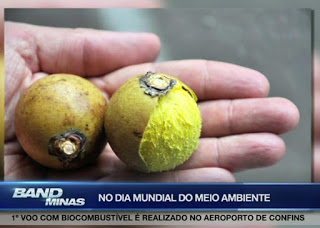
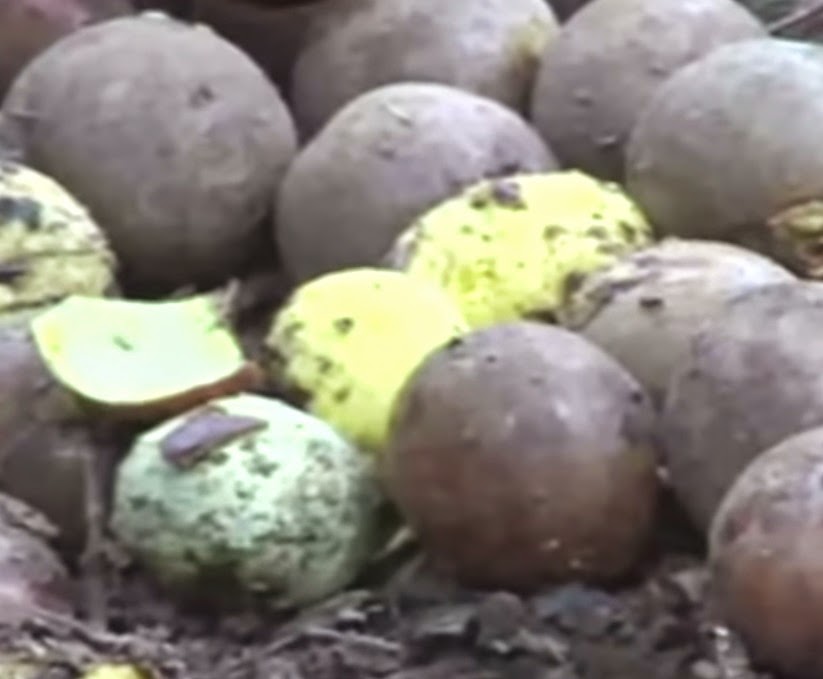
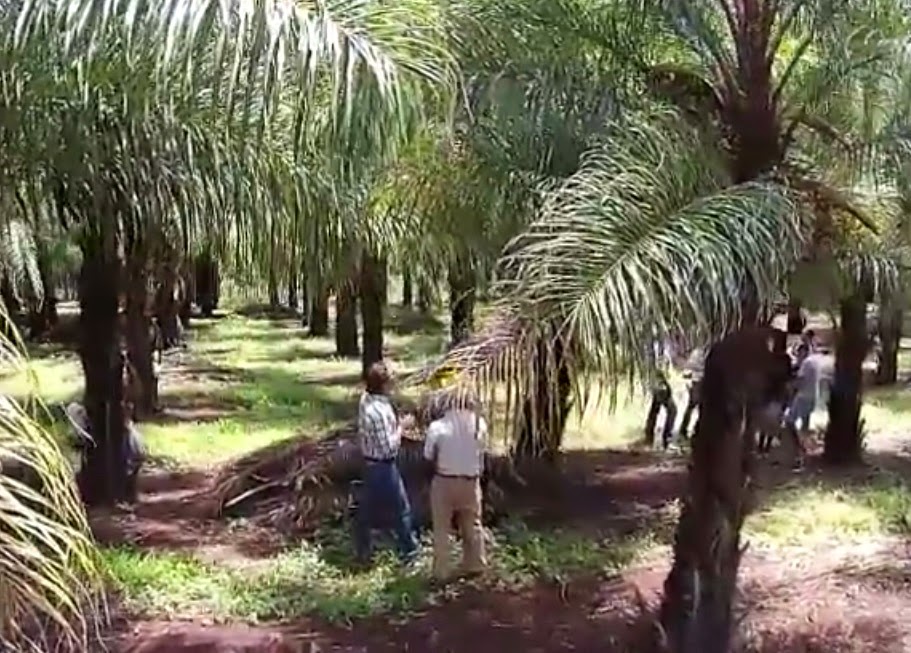

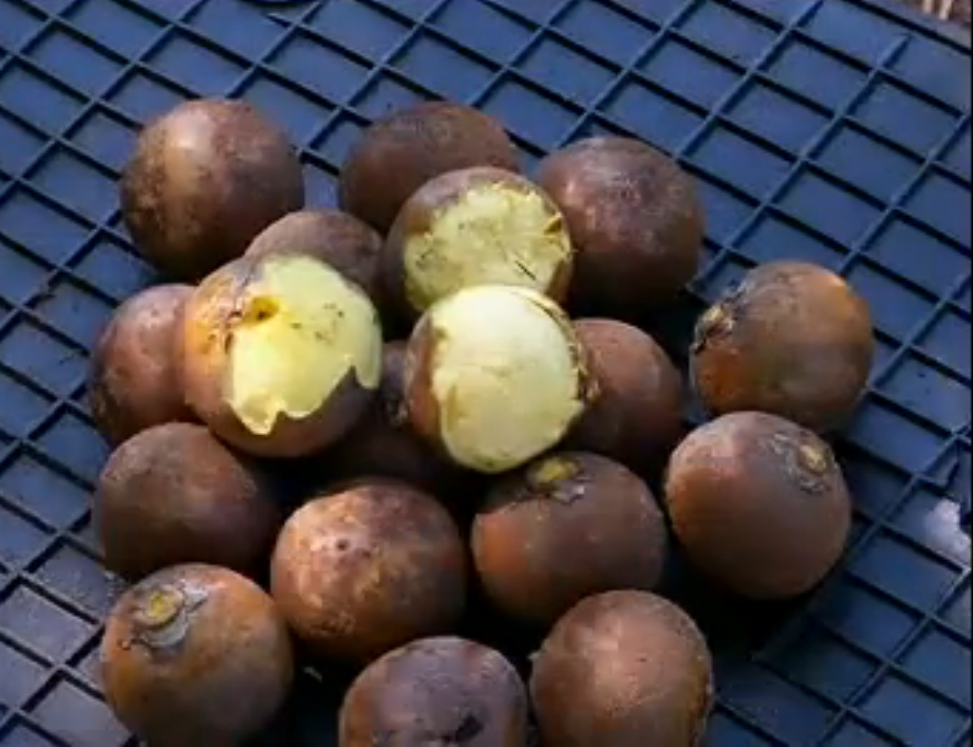
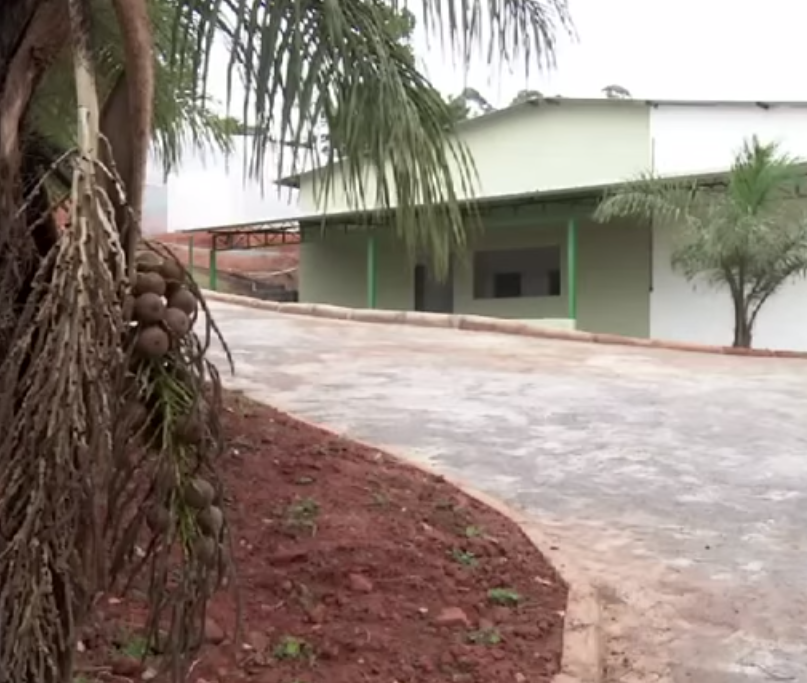
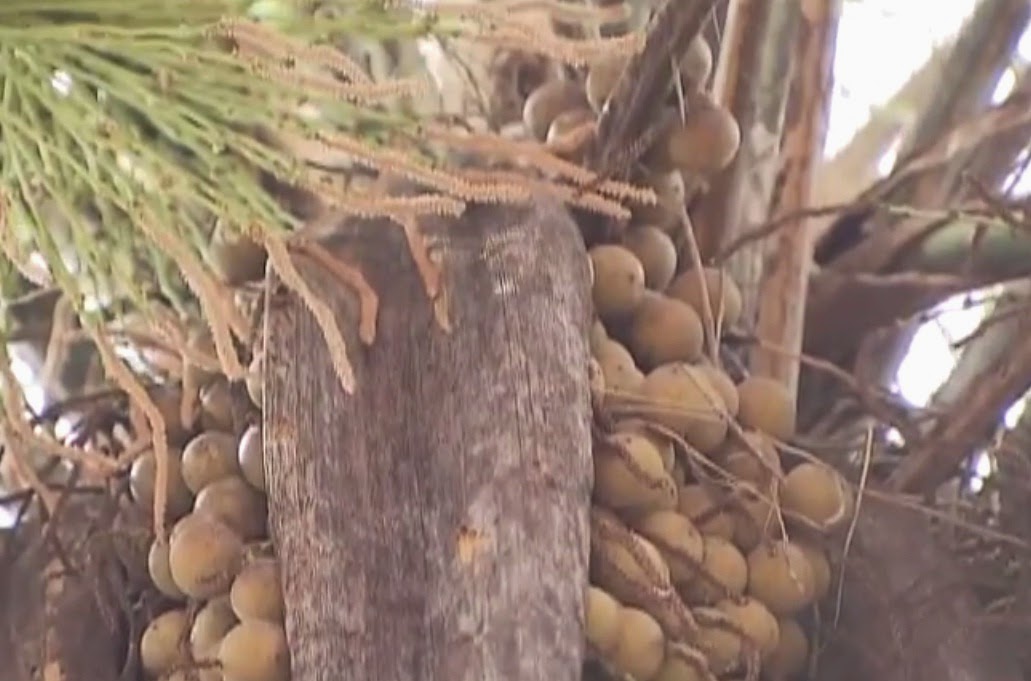
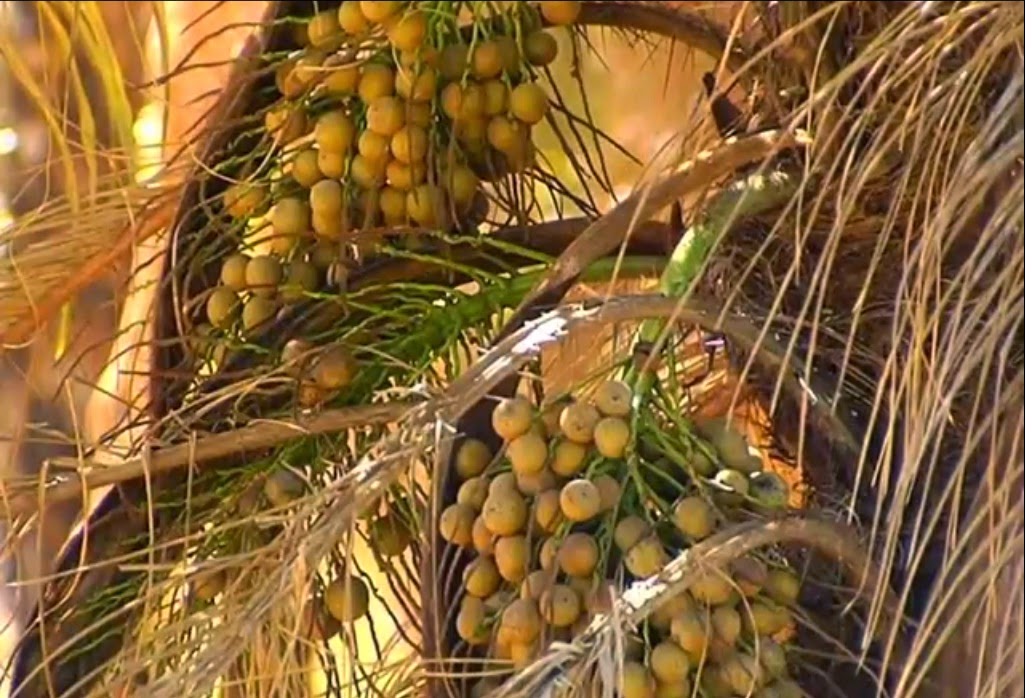


0 comentários
Agradecemos seu comentário! Volte sempre :)